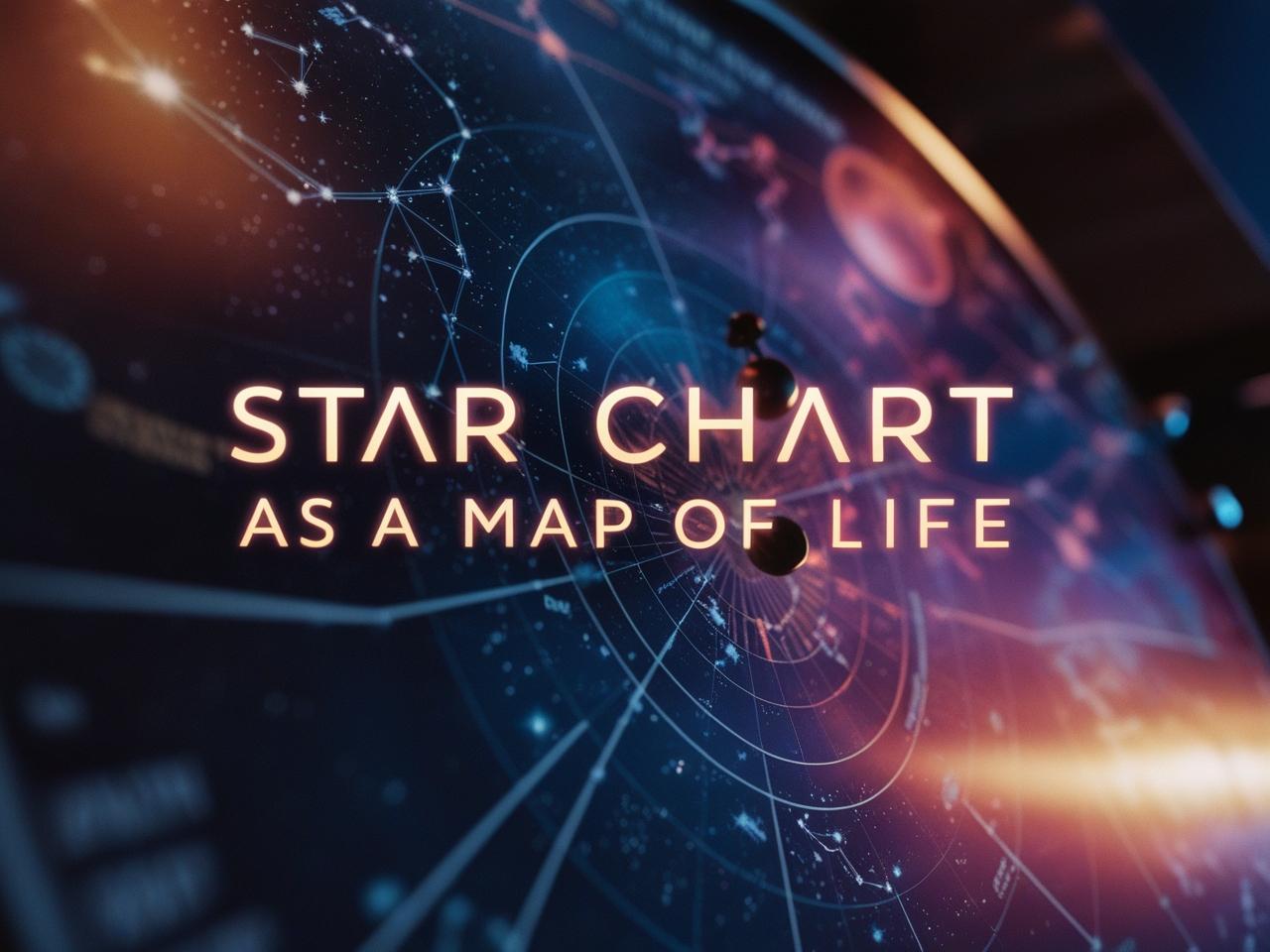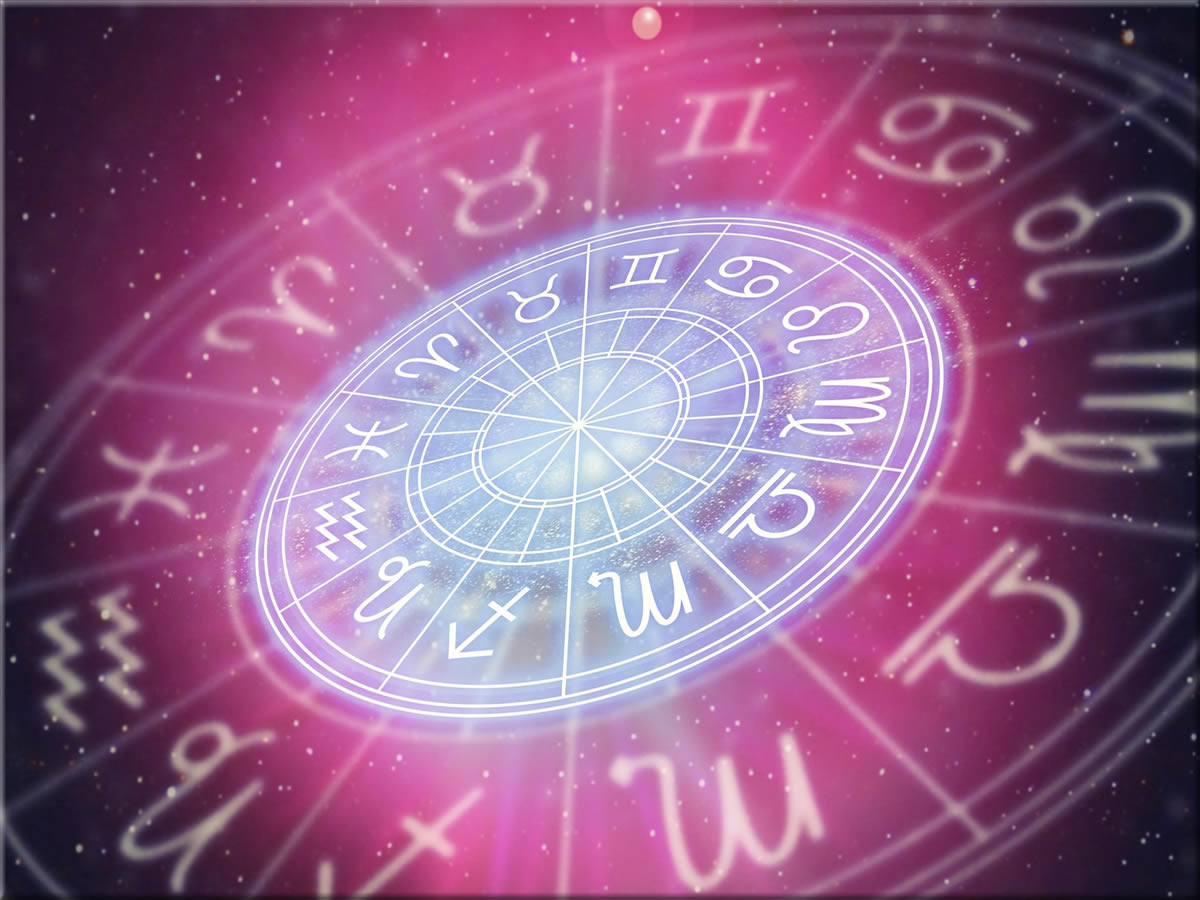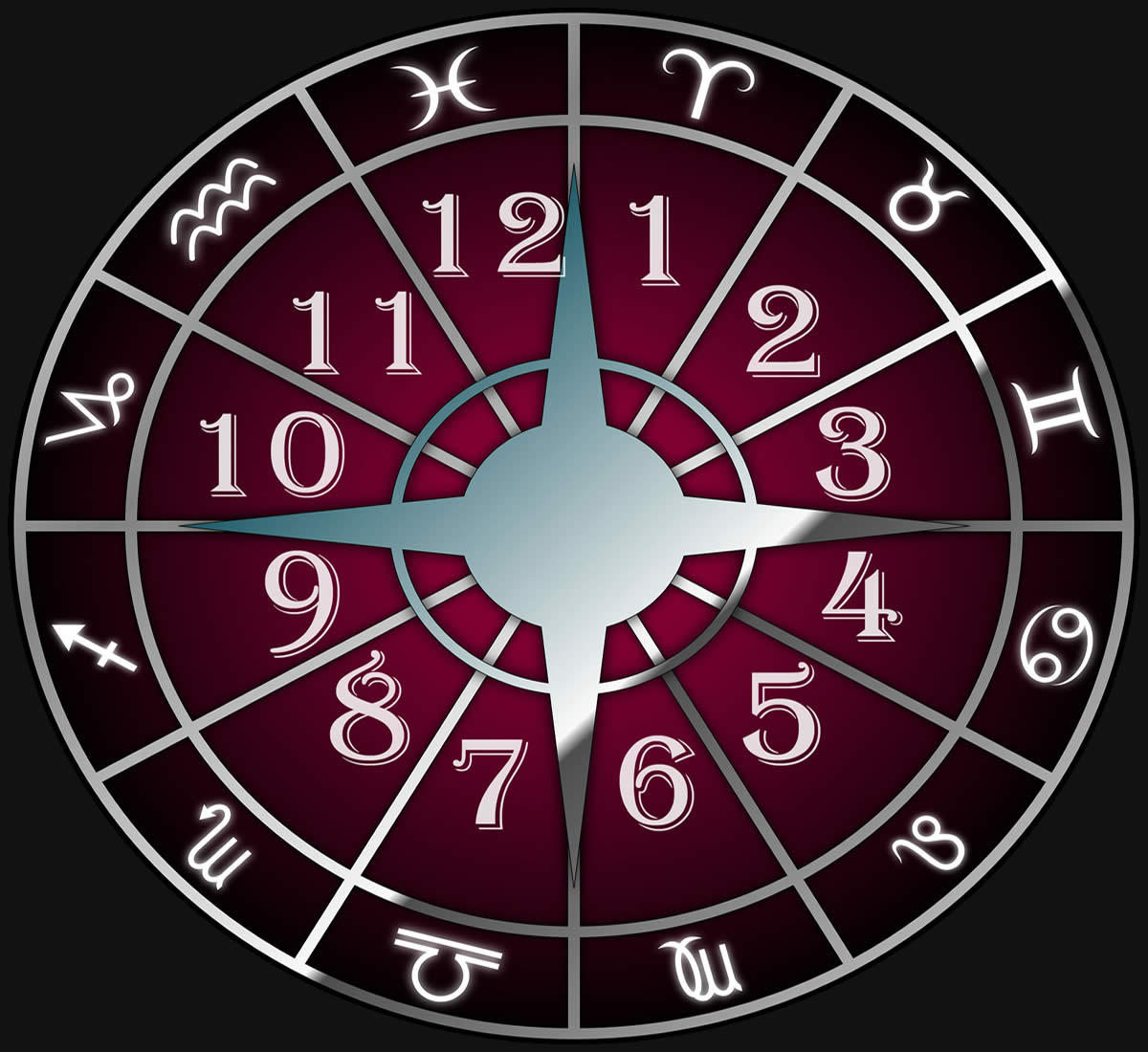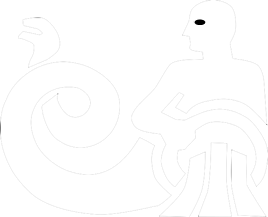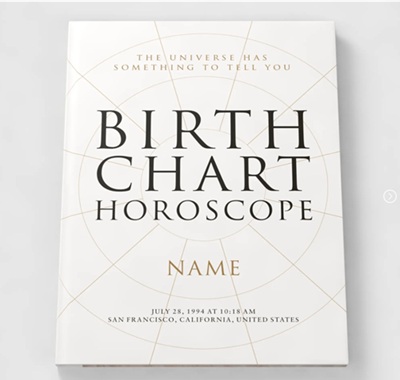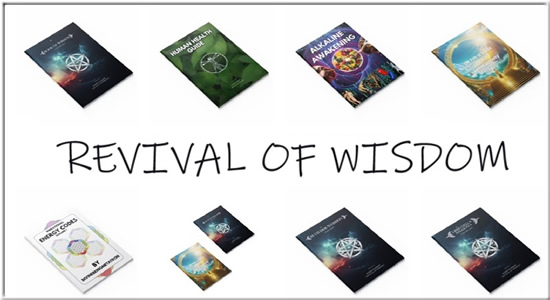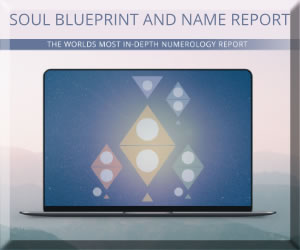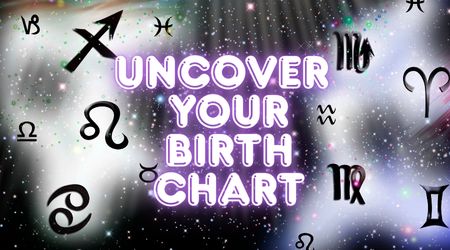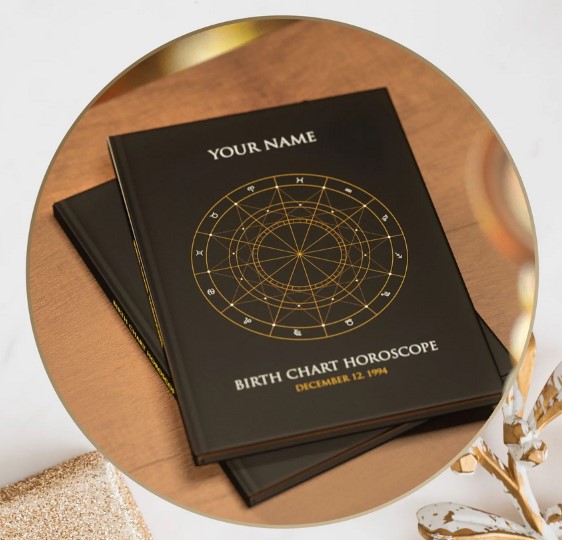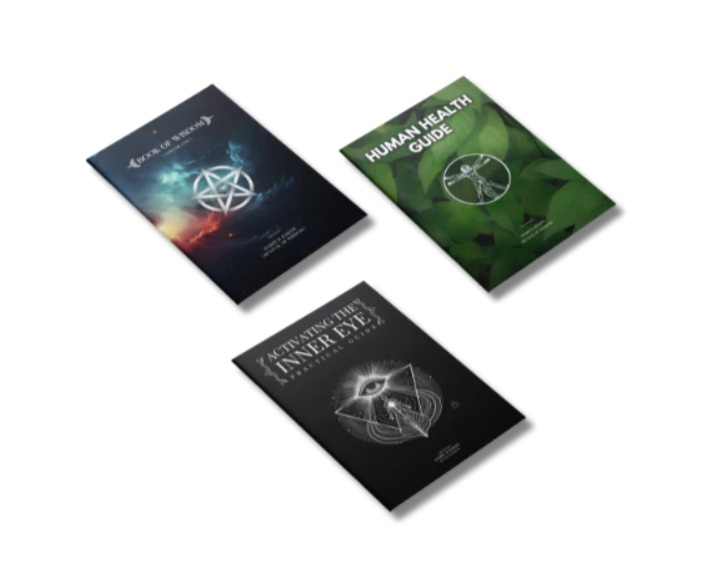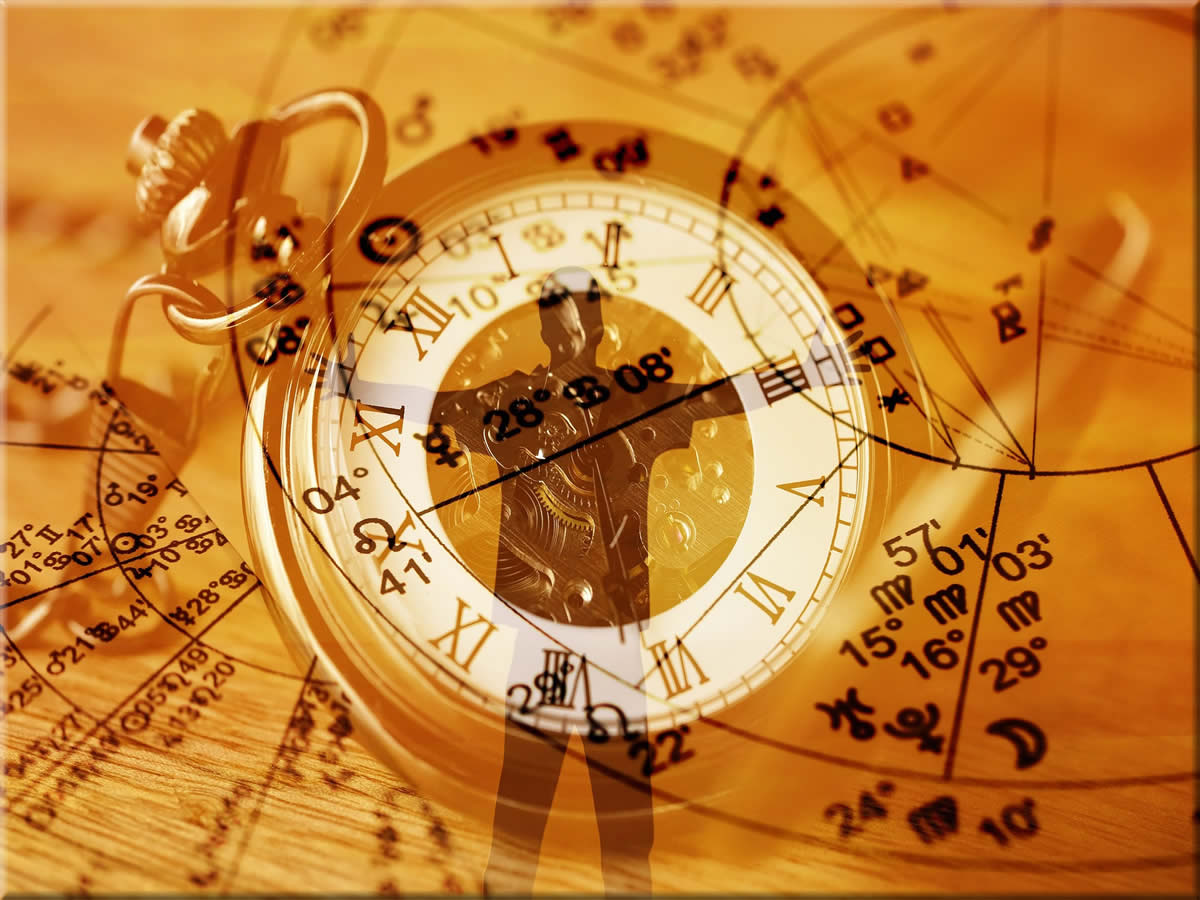
The Astrological Birth Chart – The Map of Life
The astrological birth chart, also known as a natal chart, is a unique map of the positions of the planets at the exact moment and location of a person’s birth. The birth chart can reveal valuable insights into a person’s life’s purpose and the path of their existence from birth to death. It helps explore their desires, talents, and potential. Also, it guides them in creating their destiny by overcoming their karma. At first sight, the birth chart is a chaotic jumble of esoteric symbols, glyphs, and lines. So, it has its language, and like any language or map, it takes time, energy, and patience to decode it.
Components of an Astrological Birth Chart
The astrological birth chart is a two-dimensional sky map representing your life’s purpose. Similar to how a map guides a traveler on roads, mountains, and rivers, a birth chart provides specific directions for personal growth and development. Therefore, it blueprints your life’s mission and shows you how to live it out.
Check out for more videos on our YouTube channel
The five main components of an astrological birth chart are:
- Zodiac wheel
- Signs
- Planets
- Houses
- Aspects
The zodiac wheel shows the positions of all astrologically relevant factors when a person is born. Also, the positions of planets in our solar system determine the 12 zodiac signs that correspond to different areas of a person’s personality and life. The birth chart also comprises 12 houses, each representing a separate area of life.

There are 12 astrological signs in the zodiac, each representing a constellation of stars. Aries, Taurus, Gemini, Cancer, Leo, Virgo, Libra, Scorpio, Sagittarius, Capricorn, Aquarius, and Pisces. Ancient civilizations named them that way for easier identification and orientation.
In astrology, the planets in our solar system are central to determining an individual’s personality traits. Traditional astrologers focus on the planets visible to the naked eye, including Sun, Moon, Mercury, Venus, Mars, Jupiter, and Saturn. However, modern astrologers have expanded their focus to include Uranus, Neptune, and Pluto, as well as asteroids and minor planets.
Aspects in astrology represent the connections between planets and symbolize the different types of relationships that planets have with each other. A birth chart has five main aspects: conjunction, trine, square, opposition, and sextile. Understanding these aspects can give insight into a person’s birth chart’s dynamics and help interpret the influence of planetary positions on their life.
The Horoscope
Astrologers use the horoscope to explain the positions of celestial bodies during a person’s birth or an event. To create a horoscope, astrologers must consider the positions of all planets at birth and their corresponding zodiac signs. They calculate the positions of planets in birth charts based on the exact time and date of birth and locate them in different signs and houses. Calculating this process results in a much more precise and reliable horoscope than the ordinary ones seen in the media. Each planet has its role for each zodiac sign, which is unique and determines the personality and behavior of the person born under it.
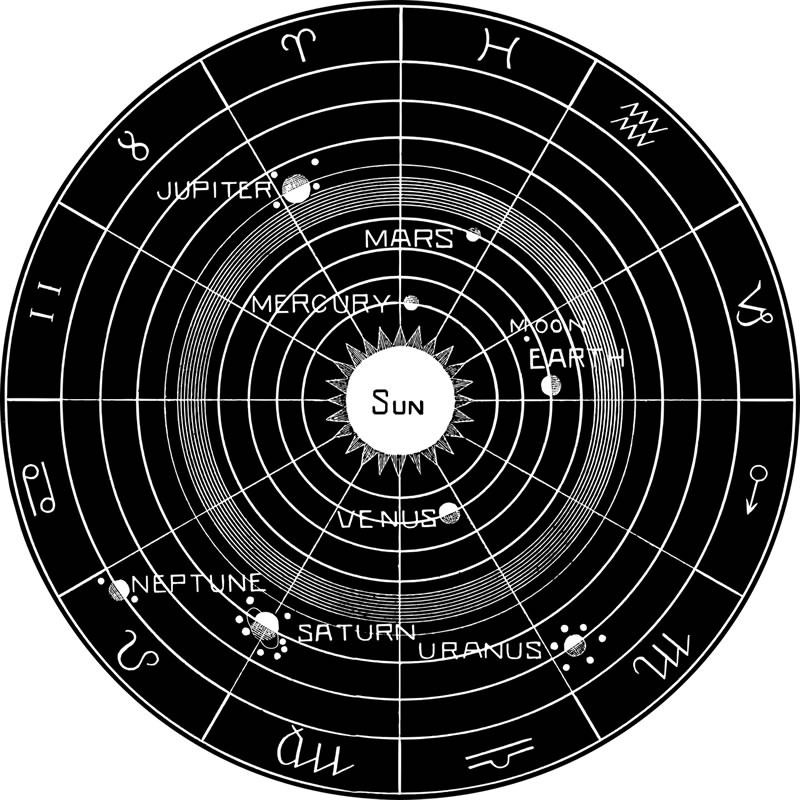
Four significant angles of the zodiac determine the horoscope.
- The Ascendant
- The Descendant
- The Medium Cueli
- The Imum Cueli
The Ascendant, also known as the Rising Sign, is located on the left side of the chart in the Eastern hemisphere, where the Sun rises. The degree rising at the exact moment of the birth becomes the Ascendant and is the point that represents a person himself.
The Medium Cueli, known as Midheaven or Zenith, represents the highest point in the sky. It is located in the southern hemisphere of the natal chart. The MC is often associated with a person’s visibility, public image, or career.
This book is a lovely story with you as the main character. It is a fully personalized and unique reading of your birth chart bundled in a beautiful hardcover deluxe book.
IT'S ALSO A FANTASTIC GIFT CHOICE!
The Descendant is a crucial point in the Western hemisphere chart where the Sun sets. It is the opposite of the Ascendant, which means a relationship with the self. The Descendant, on the other hand, means your relationships with others.
The Imum Coeli, commonly known as IC, is a point in the chart located in the Northern Hemisphere. The IC represents the midnight point of the chart and signifies one’s private life, family background, and roots.
Making of a Horoscope
Astrologers consider the Earth the center point when calculating horoscopes. The horizon is an imaginary celestial circle that limits the visible part of the celestial hemisphere from the invisible. The most crucial points on the horizon are the north and the south, which intersect the circle of our horizon. The east-west axis also intersects with the circle of our horizon.
Vertically, the highest point above the head is the zenith, and opposite to it is the nadir. The extended Earth’s axis gives us the celestial axis that cuts the sky in the poles (north and south), and the elongated Earth’s equator gives us the celestial equator. Astrologers count the celestial latitudes from the equator to the poles, called declinations.

The Earth’s axis is tilted by approximately 23.5 degrees, and the plane of the ecliptic leans towards the celestial equator. That’s why the Sun changes altitude. The highest and lowest points are the summer and winter solstices. So, during the spring and autumn equinoxes, the Sun is at the equator’s and the ecliptic’s intersection.
Calculating the longitude and latitude of the Sun and other celestial bodies relative to the ecliptic and the spring equinox determines their position. Also, It is necessary to consider the precession of the equinoxes. Every 72 years, the equinox moves one degree from east to west, meaning it crosses the ecliptic in 26,000 years.
Additionally, the making of horoscopes used to be a thorough job. The calculation process began by manually determining the tops of the houses, followed by entering the positions of the planets, the Sun, and the Moon from the tables. However, with the development of modern technology, computer programs do this for us.
The Media (Fake) Horoscope
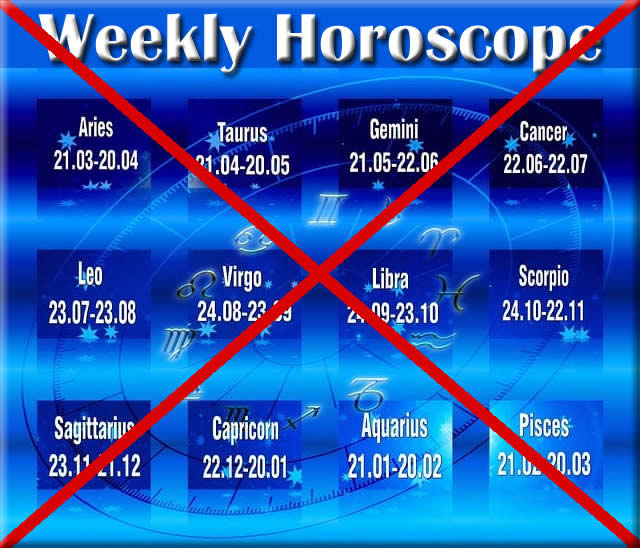
The horoscope by the sun signs in a media entertainment sense gives descriptions of traits related to the zodiac signs through the movement of the Sun alone. However, these supposed connections with personality traits appear in various newspapers, calendars, dream books, and similar literature, unlike professional horoscopes made and interpreted by astrologers.
Researchers have established that daily horoscopes do not predict a connection between personality traits, choice of profession, partner, or any other life choices based on sun signs or date of birth. Besides, writing a simple horoscope for the 12 zodiac signs originated at the beginning of the 20th century as a media form stemming from the astrological glyph system. So, it did not exist in astrology before that.
Moreover, most research aimed at investigating the astrological settings attacked this media concept. However, most of the research was not done by experts in astrology itself. Before the 20th century, the word horoscope referred to an accurately calculated chart with the exact hour of birth. The word horoscope meant “the ascendant sign of the zodiac circle.” Ironically, there is no calculation of the ascendant position in the media form of horoscopes, so there is no horoscope. Therefore, this false horoscope became some form of media entertainment or deception, and various clairvoyants and tarot masters were promoted with nothing to do with actual astrology.
Discover the New and Improved Personal Numerology and Astrology Reports. These outstanding Reports deeply explore your unique, energetic blueprint.
Although some argue that horoscopes only appear accurate because of confirmation bias, we shouldn’t dismiss astrology altogether. The connection between astrology and life on Earth is magically powerful, surpassing wishful thinking, even if we cannot explain it. Astrology has many benefits, including helping us to understand life, find meaning, and connect with a deeper purpose. This study can guide us in making sense of our lives and support us in becoming more self-aware.
Related Topics
